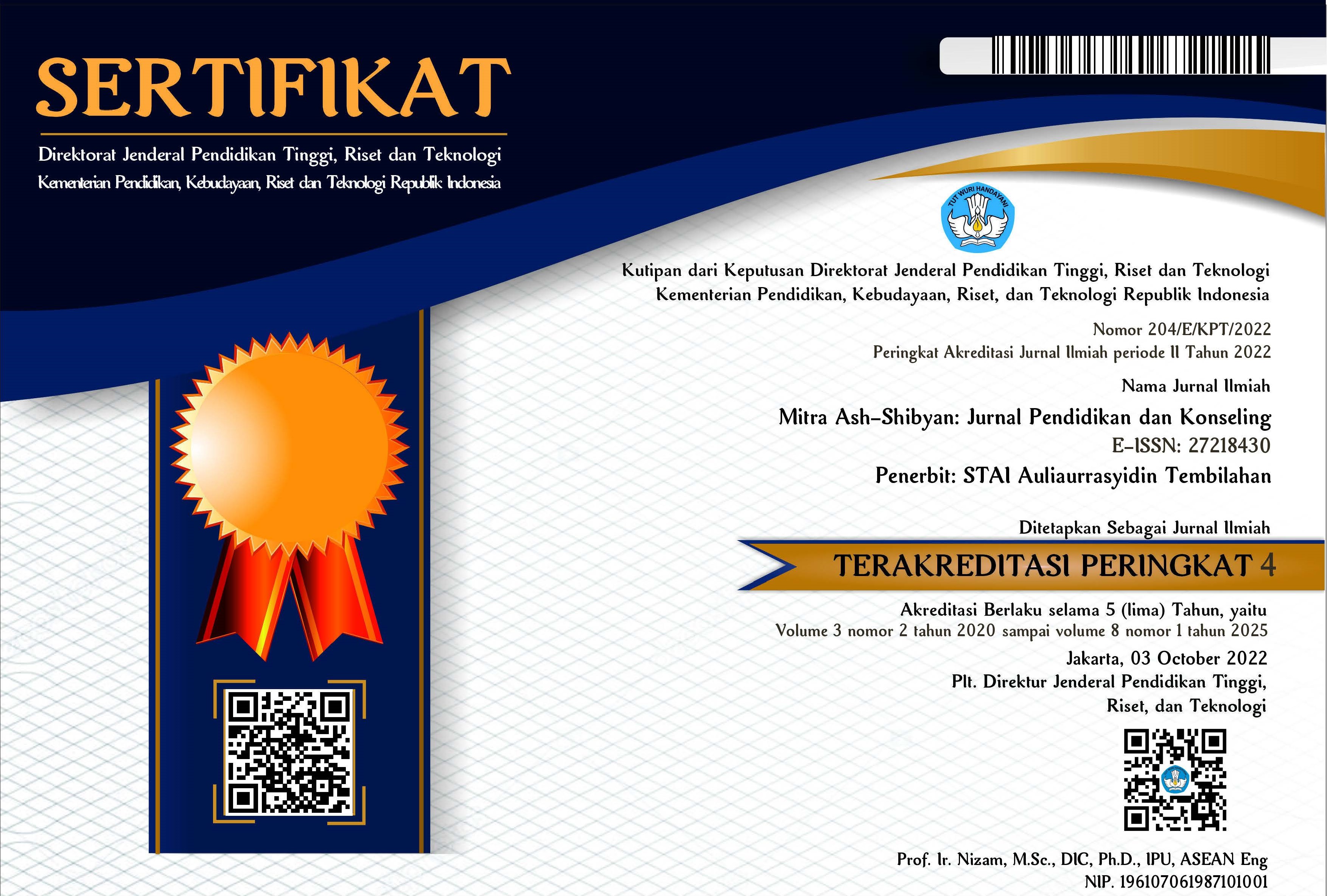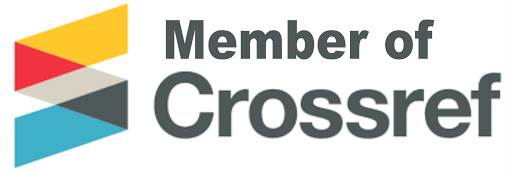Kesulitan Menggenggam pada Proses Belajar Menulis dan Membaca Anak DCD
DOI:
https://doi.org/10.46963/mash.v3i02.149Keywords:
Difficulty in Grasping, Writing Learning Process, Learning Reading Process, DCDAbstract
Although the learning process of writing involves all other supporting elements, such as stimulation from parents, the ability to coordinate fingers in grasping is a major aspect of the process. This study examines the causes of grasping difficulties as well as their relation to children's learning and writing processes. Analysis of this study using journal analysis. The findings show that Developmental Coordination Disorder (DCD) or poor motor skills are the main cause of difficulty grasping children. DCD levels were tested by Finger Tapping (FT), Curve Tracing (CT), and Paragraph Writing tests. Whereas 2 experimental tasks, Manik Threading and Per-Board were used to assess the FMS of reading children. This meta-analysis concludes that DCD influences the learning process of writing children and Fine Motor Performance is also related to the process of early reading for early childhood. Researcher's solution, recommends a comprehensive eye examination for children's eye and finger coordination and helps improve children's FMS, perform occupational therapy for children with DCD as well as continuous stimulus for children to train their fingers in the learning process of writing and early reading in children.
Downloads
References
Bingham, G. E., Quinn, M. F., & Gerde, H. K. (2017). Examining early childhood teachers’ writing practices: Associations between pedagogical supports and children’s writing skills. Early Childhood Research Quarterly, 39, 35–46. https://doi.org/10.1016/j.ecresq.2017.01.002 DOI: https://doi.org/10.1016/j.ecresq.2017.01.002
Caçola, P., Getchell, N., Srinivasan, D., Alexandrakis, G., & Liu, H. (2018). Cortical activity in fine-motor tasks in children with Developmental Coordination Disorder: A preliminary fNIRS study. International Journal of Developmental Neuroscience, 65, 83–90. https://doi.org/10.1016/j.ijdevneu.2017.11.001 DOI: https://doi.org/10.1016/j.ijdevneu.2017.11.001
Corsi, C., Santos, M. M. dos, de Andrade Perez Marques, L., & Rocha, N. A. C. F. (2016). Impact of extrinsic factors on fine motor performance of children attending day care. Revista Paulista de Pediatria (English Edition), 34(4), 439–446. https://doi.org/10.1016/j.rppede.2016.03.007 DOI: https://doi.org/10.1016/j.rppede.2016.03.007
Gaul, D., & Issartel, J. (2016). Fine motor skill proficiency in typically developing children: On or off the maturation track? Human Movement Science, 46, 78–85. https://doi.org/10.1016/j.humov.2015.12.011 DOI: https://doi.org/10.1016/j.humov.2015.12.011
Herbort, O., Büschelberger, J., & Janczyk, M. (2018). Preschool children adapt grasping movements to upcoming object manipulations: Evidence from a dial rotation task. Journal of Experimental Child Psychology, 167, 62–77. https://doi.org/10.1016/j.jecp.2017.09.025 DOI: https://doi.org/10.1016/j.jecp.2017.09.025
Montagnani, F., Controzzi, M., & Cipriani, C. (2016). Independent Long Fingers are not Essential for a Grasping Hand. Scientific Reports, 6(July), 1–10. https://doi.org/10.1038/srep35545 DOI: https://doi.org/10.1038/srep35545
Moss, K. M., Simcock, G., Cobham, V. E., Kildea, S., Laplante, D. P., & King, S. (2018). Continuous, emerging, and dissipating associations between prenatal maternal stress and child cognitive and motor development: The QF2011 Queensland Flood Study. Early Human Development, 119(November 2017), 29–37. https://doi.org/10.1016/j.earlhumdev.2018.02.022 DOI: https://doi.org/10.1016/j.earlhumdev.2018.02.022
Niechwiej-Szwedo, E., Alramis, F., & Christian, L. W. (2017). Association between fine motor skills and binocular visual function in children with reading difficulties. Human Movement Science, 56(October), 1–10. https://doi.org/10.1016/j.humov.2017.10.014 DOI: https://doi.org/10.1016/j.humov.2017.10.014
Patil, M., Saraswathi, G., & Padakannaya, P. (2017). Self-esteem and Adjustment among Children with Reading and Writing Difficulties, 7189, 91–95. https://doi.org/10.1080/09737189.2009.11885282 DOI: https://doi.org/10.1080/09737189.2009.11885282
Ransburg, N., Reiser, M., Munzert, J., Jovanovic, B., & Schwarzer, G. (2017). Concurrent anticipation of two object dimensions during grasping in 10-month-old infants: A quantitative analysis. Infant Behavior and Development, 48(February 2015), 164–174. https://doi.org/10.1016/j.infbeh.2017.04.003 DOI: https://doi.org/10.1016/j.infbeh.2017.04.003
Downloads
Published
Issue
Section
License
Authors who publish with this journal agree to the following terms:
1. Copyright on any article is retained by the author(s).
2. The author grants the journal, right of first publication with the work simultaneously licensed under a Creative Commons Attribution shareAlike 4.0 International License that allows others to share the work with an acknowledgment of the work’s authorship and initial publication in this journal.
3. Authors are able to enter into separate, additional contractual arrangements for the non-exclusive distribution of the journal’s published version of the work (e.g., post it to an institutional repository or publish it in a book), with an acknowledgment of its initial publication in this journal.
4. Authors are permitted and encouraged to post their work online (e.g., in institutional repositories or on their website) prior to and during the submission process, as it can lead to productive exchanges, as well as earlier and greater citation of published work.
5. The article and any associated published material is distributed under the Creative Commons Attribution-ShareAlike 4.0 International License







2.png)



